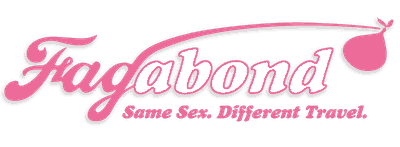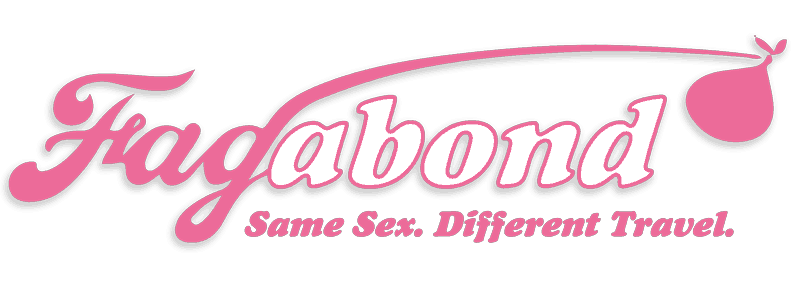Open up a travel guide and you’re likely to see multiple passages about where to find the local “gayborhood,” a neighborhood disproportionately populated by LGBTQ people. In San Francisco, there’s the Castro. In Chicago, you have Boystown. And in Mexico City, there’s Zona Rosa.
Walk through any of these neighborhoods, and you’ll discover blocks of rainbow flags and queer clubs pulsing with extremely corny but good ’90s house music. Yet for over a decade, critics have been lamenting the alleged “death” and “demise” of these gayborhoods, accusing them of being “passé” or surrendering to gentrification.
“There goes the gayborhood,” The New York Times proclaimed in one 2017 headline.



